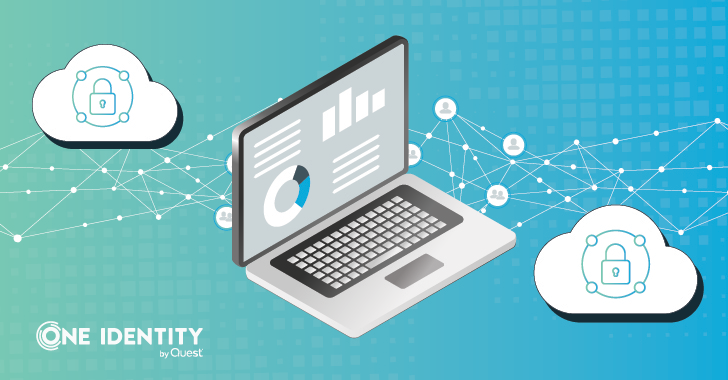One More Tool Will Do It? Reflecting on the CrowdStrike Fallout

The increasing complexity of modern cybersecurity has led organizations to invest in a myriad of tools, hoping that adding “just one more” will fix their vulnerabilities. However, as cybercriminals evolve their tactics, the belief that deploying more security tools will enhance protection is a dangerous misconception. The recent CrowdStrike outage highlights the unintended risks that come with overreliance on cybersecurity tools, particularly those with deep system access.
The Illusion of Security Through Tools
Many organizations fall into the trap of thinking that a comprehensive cybersecurity strategy simply involves adding more tools: firewalls, antivirus software, intrusion detection systems, identity threat detection and response (ITDR), and more. Yet, while these tools play an essential role, they are not a cure-all. In fact, the proliferation of tools can introduce new risks, including increased complexity and third-party vulnerabilities.
The Limitations of Cybersecurity Tools
Cybersecurity tools have inherent limitations. Many are designed to address specific threats and often rely on signature-based detection, which makes them vulnerable to zero-day attacks and new exploits that can bypass these defenses. Additionally, these tools often operate in isolation, creating silos of data, and generating overwhelming alerts that complicate threat detection for already strained security teams.
According to a Gartner survey, 75% of organizations are pursuing vendor consolidation, with reducing complexity as the top reason. This is because adding more tools does not always equate to more protection; instead, it often results in a fragmented security posture where critical vulnerabilities remain overlooked.
The Hidden Dangers of Adding Another Tool
Ironically, every new cybersecurity tool added to an organization’s defenses can expand the attack surface by introducing third-party risk. Each vendor, from cloud providers to software developers, represents a potential entry point for attackers. Their security practices—or lack thereof—can directly impact the security of your organization. A third-party breach could expose sensitive data, or a vulnerability in a vendor’s software could provide an attacker with a backdoor into your network.
This became evident in the Sisense breach, where a third-party vulnerability led to stolen credentials, prompting a warning from the Cybersecurity and Infrastructure Security Agency (CISA). Such incidents underscore the importance of managing third-party risks in an interconnected security environment.
The Fallout of the CrowdStrike Outage
The CrowdStrike Falcon platform outage serves as a stark reminder of the risks posed by security tools themselves. With kernel-level access to every endpoint to ensure full visibility, the Falcon platform’s failure caused widespread disruption, amplifying the damage because of its deep integration with critical systems. As with any security tool, misconfigurations or failures can inflict serious damage—sometimes worse than the threats they are designed to protect against.
This risk is not unique to CrowdStrike. Firewalls, email spam filters, access control solutions, and other security tools can misfire, leading to network outages, communication breakdowns, or locked-out users. The balance between mitigating risks with new tools and introducing third-party vulnerabilities is critical.
Simplifying the Chaos with a Unified Platform
The real challenge for organizations is managing the complexity that comes with multiple security tools. This complexity is driving organizations to embrace unified security platforms like SASE (Secure Access Service Edge) and XDR (Extended Detection and Response), which consolidate multiple security functions into a single system. These platforms streamline security operations, reduce silos, and address third-party risks more effectively.
The same trend is being seen in identity security, where analysts are pushing for identity fabrics and unified identity solutions. By bringing together disparate identity management tools into a pre-validated, pre-integrated system, organizations can reduce complexity while improving their security posture.
Conclusion: Less is More in Cybersecurity
In today’s cybersecurity landscape, more tools don’t necessarily equate to better security. Organizations must carefully assess their security needs and risks before adopting additional tools. Instead of adding complexity, the focus should be on unified platforms that reduce third-party risk, simplify security management, and provide holistic protection. The CrowdStrike fallout serves as a reminder that even the most sophisticated tools can fail, and that a balanced, well-integrated security strategy is key to maintaining a resilient defense.



